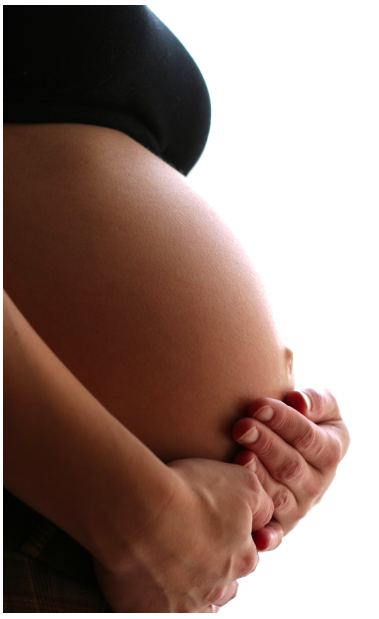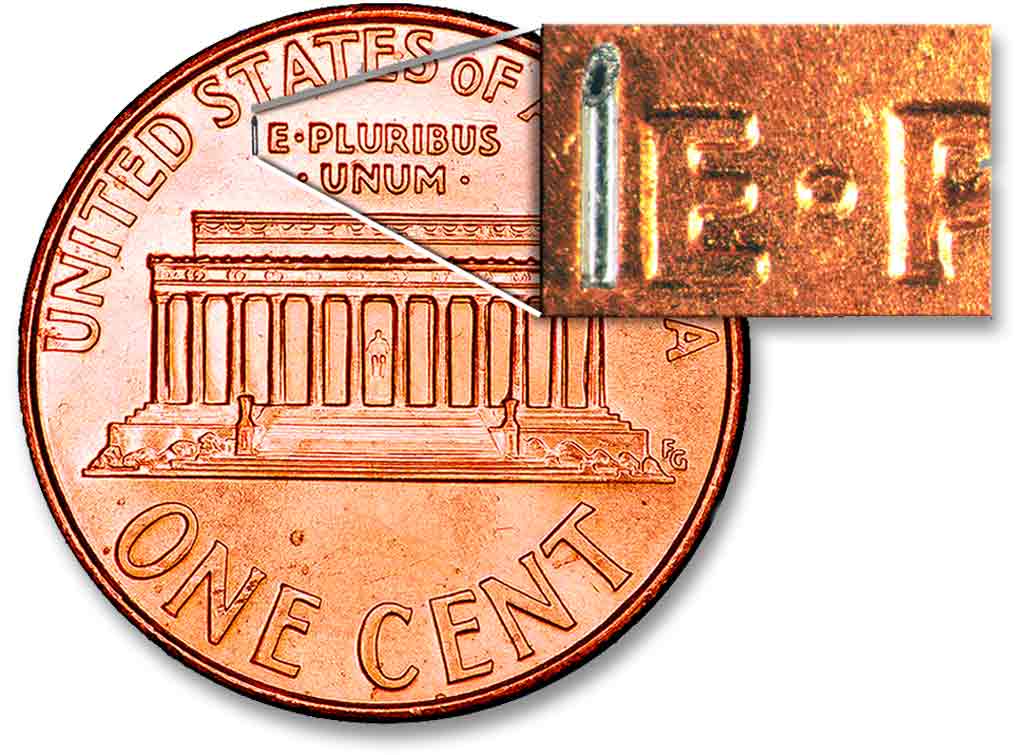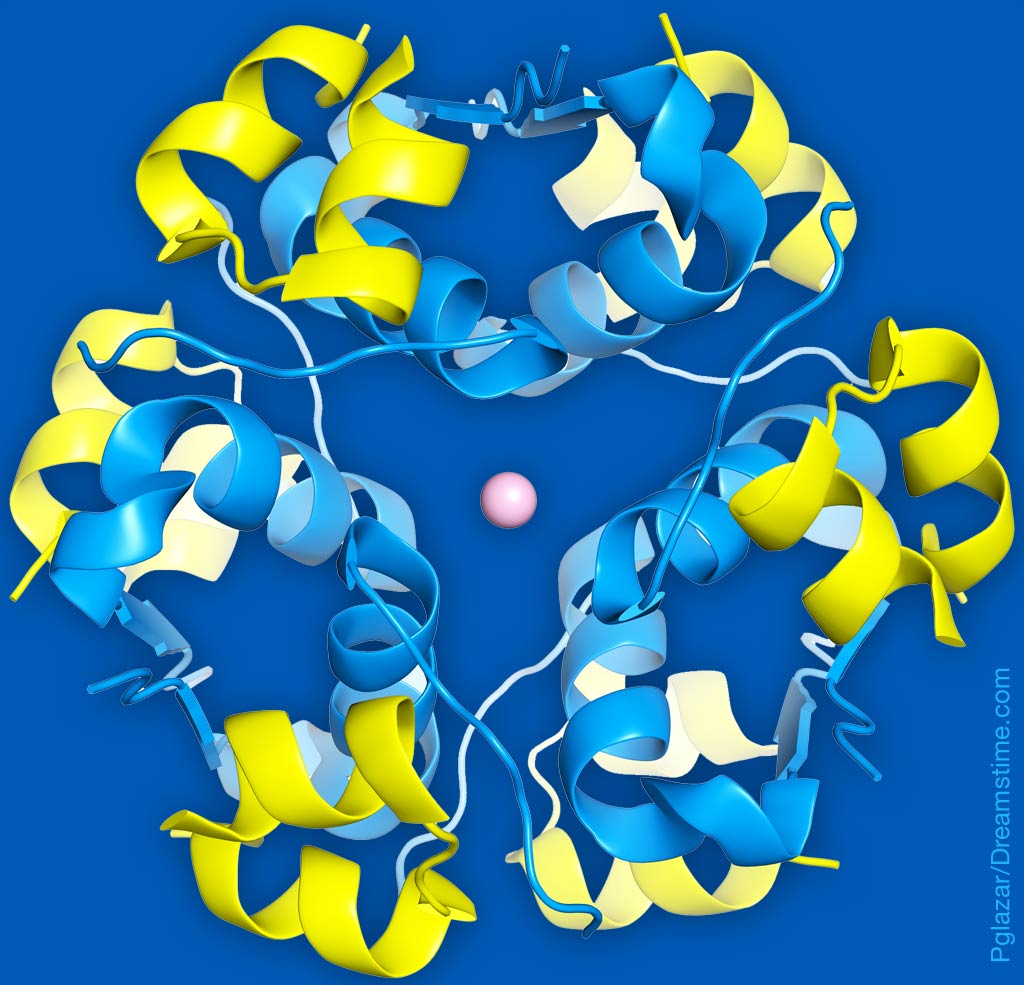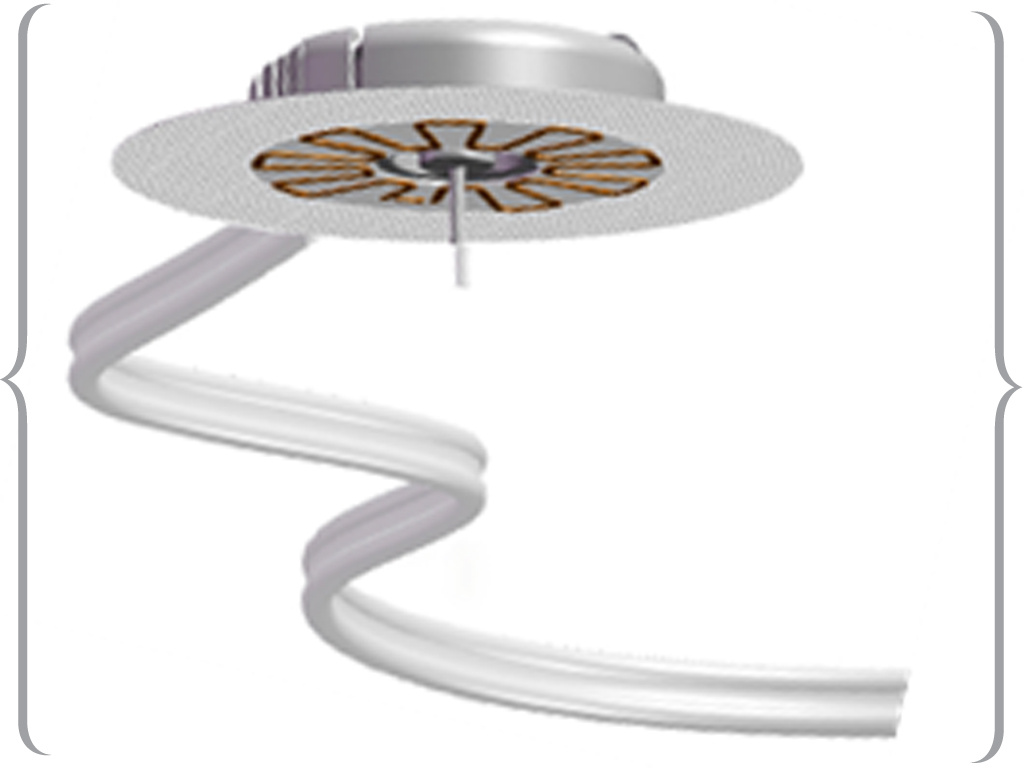A1c Tip: Completely Change How You Treat Low Blood Sugars
Your food habits impact the level and variability of your blood sugars and food mindfulness can avoid lows and completely change your A1c
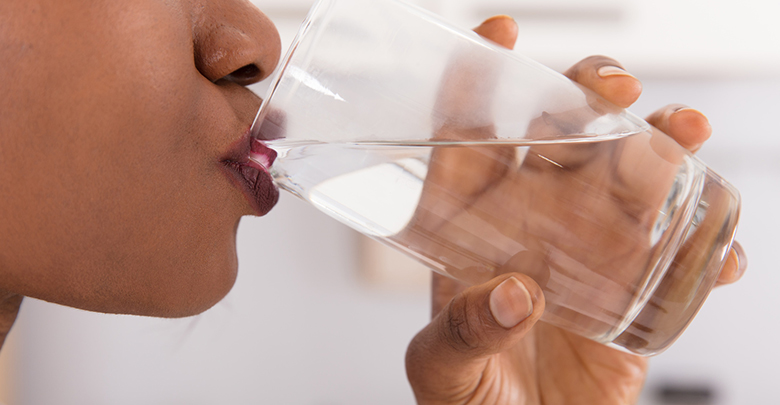
Your low blood sugar habits can have a big impact on several aspects of your life. The foods you choose, the amount you eat and how you handle the rebounding high from overeating can lead to exhausting roller coaster blood sugars, weight gain, difficulty reaching your goal A1c, and a tumultuous relationship with food in general.
If you think that highs after binge-eating during one low blood sugar every day or every other day isn’t impacting your A1c, think again.
That big swing high, followed by a big bolus of insulin which swings you down low, followed by another binge on food and yet another high — yes, that’s impacting your physical health, your mental health, your A1c, and your relationship with diabetes.
Here are 5 steps to take to completely change how you treat low blood sugars for the sake of your A1c:
- For one week, track how many times you binge-eat when you treat a low blood sugar.
- Choose 3 different types of fast-acting carbohydrates to keep on hand for treating most lows (rather than grabbing anything in sight).
- Treat mild lows differently than you treat moderate or severe lows
- Chew gum or chug bottle of water to help distract the cravings to eat more food after you’ve already treated the low
- Remind yourself: “I control how much food I eat during this low.”
For one week, track how many times you binge-eat when you treat a low blood sugar.
How often is this vicious cycle of binge-eating during lows occurring in your life? How many times per week? Per day?
Write this down.
Write down exactly what happens: what you eat, how much of it, what your blood sugar spikes to, how much insulin you take to correct it, how low it plummets after that, and how much you binge-eat again to treat that second low.
And then think about how tired you are of living this cycle.
It may sound like a simple writing exercise, but putting this down on paper can help you realize not only how much it’s affecting your life and how much you dislike it, but also how many opportunities within the cycle you have to stop it.
Choose 3 different types of fast-acting carbohydrates to keep on hand for treating most lows (rather than grabbing anything in sight).
If your current plan for treating lows is to grab the first food item you see, you’re setting yourself up for blood sugar trouble. It’s also common to use lows as an excuse to eat something you usually deem “off-limits” or “bad.”
(Personally, I’d rather enjoy a fun higher-carb food when I’m in a more rational state of mind when my blood sugar is in range, and I can properly dose insulin for it!)
By choosing a few different very specific fast-acting carbohydrates to use for treating lows, you’re giving yourself more control over the entire situation.
For example, I know that 3 to 4 gummy Lifesavers is all I need for a moderate low. I don’t think of this as an opportunity to eat candy — I think of those Lifesavers as medicine. And medicine is prescribed in very specific doses, rather than a free-for-all.
Even if you’re about to eat a meal, it can still be remarkably helpful to treat a low with that “medicine” food item because then you know you got the exact amount of carbs to treat the low — and you can actually enjoy your dinner!
And you can take insulin to cover the carbs in your meal rather than eating a big plate of food and fudging an insulin dose to cover some of it while leaving some to treat the low. That’s just messy.
My three “medicine” foods to treat lows lately are gummy Life Savers, Swedish Fish, and apple juice.
Treat mild lows differently than you treat moderate or severe lows.
If we treat all lows with 15 grams of carbohydrate (plus protein, if you go by the rules they teach kids with type 1 diabetes), you’re going to bounce up over 150 mg/dL all the time. And that will definitely prevent you from reaching A1c goals below 7.0 percent.
Instead, consider treating those mild lows (above 60 mg/dL) with only 5 or 8 grams of carbohydrate. Treat moderate lows (50 to 60 mg/dL) with 10 to 15 grams of carbohydrate. Treat severe lows (lower than 50 mg/dL) with 15 grams of carbohydrate.
And then sit on your hands and wait! Let the carbs do their job.
Chew gum or chug bottle of water to help distract the cravings to eat more food after you’ve already treated the low.
It can be really hard to stop eating when your brain is still begging you for more food. With severe lows, those intense cravings can persist even after your blood sugar has come back up to a safer level.
Instead of giving in to the cravings, distract your brain and your mouth with other things.
Sometimes simply chewing on something can be enough — giving your jaw muscles the feeling of chewing can provide the same comfort to those intense cravings as eating a ton of carbs.
Gum, carrots, a big bowl of spinach and kale with dressing, or a tall glass of ice-cold water.
Distract your mouth and your brain with something harmless until that intense craving to eat a whole box of cereal calms down.
Remind yourself: “I control how much food I eat during this low.”
Just because your blood sugar is low doesn’t mean you’ve lost all sense of logic and reason.
You are in control of how much food you eat during a low blood sugar! Yes, your brain and your whole body are begging you for more. And yes, it would feel good (in the moment) to finish off that carton of ice cream, 3 bowls of cereal, and 16 Hershey Kisses — but you’ll regret it not long after.
And the longterm consequences of routinely abusing your body by binge-eating during low blood sugars are real.
Stop giving in, stop telling yourself it’s okay because “I’m low and I want to eat more.” Stop telling yourself that’s a normal thing to do. Stop making excuses for it, and take control of how you treat lows by using the most logical, rational part of your brain that knows you don’t need more food.
And if you do binge, take a deep breath and think about how much insulin you need to safely cover those extra carbs before your blood sugar spikes to 400 mg/dL.
You control how much food you eat during low blood sugars.

